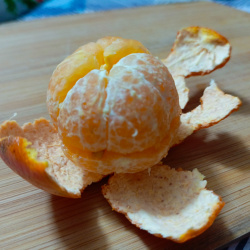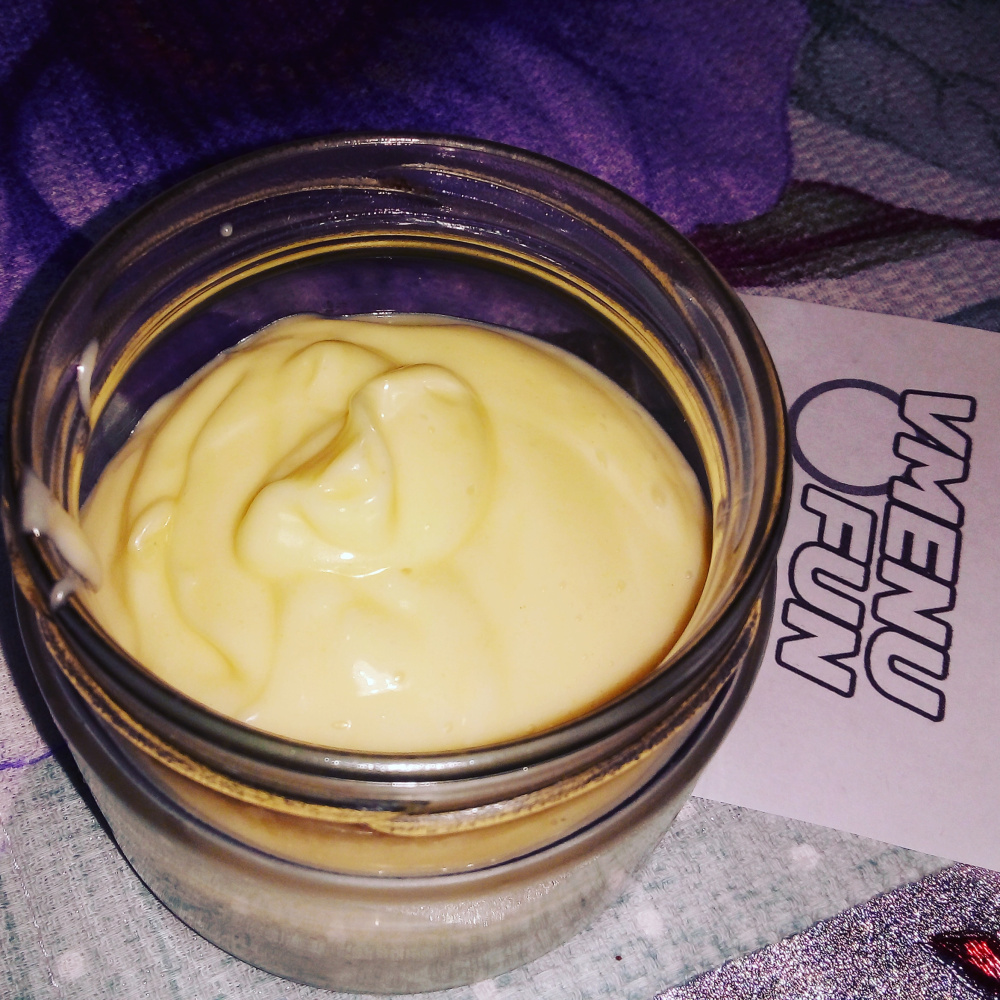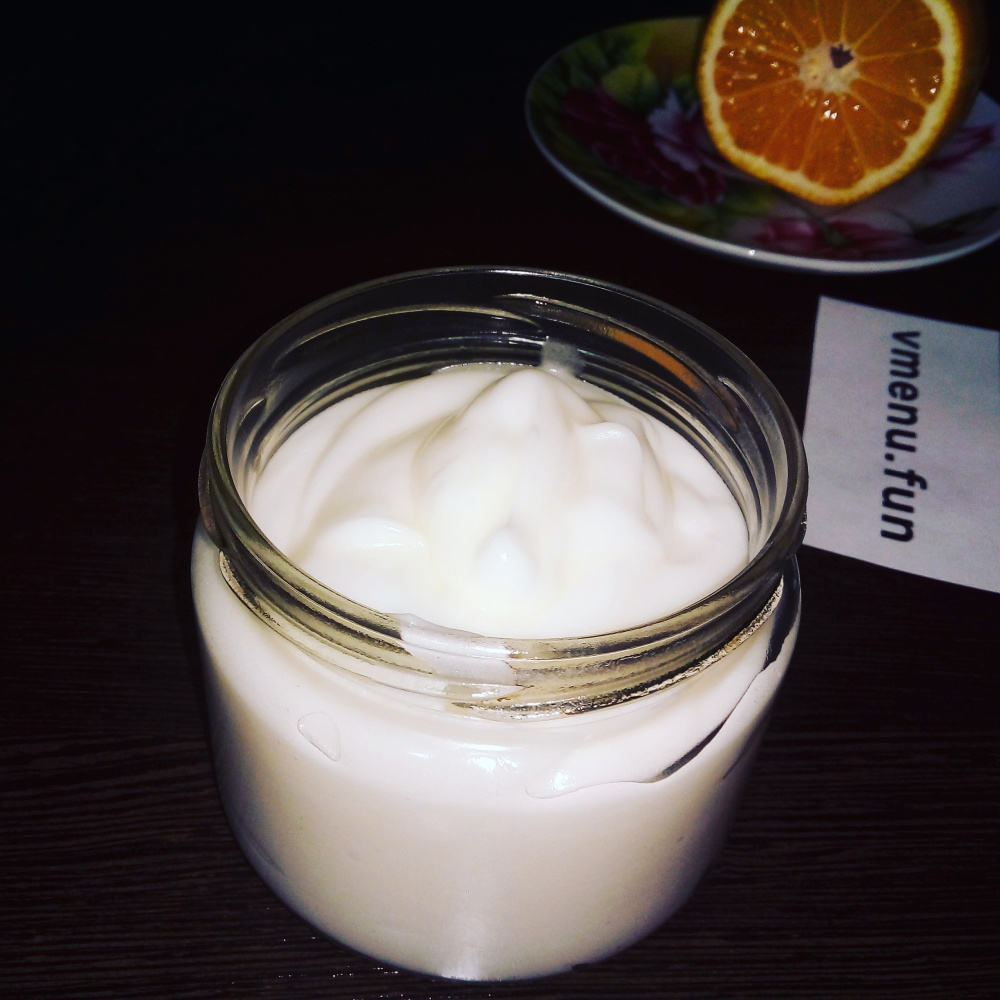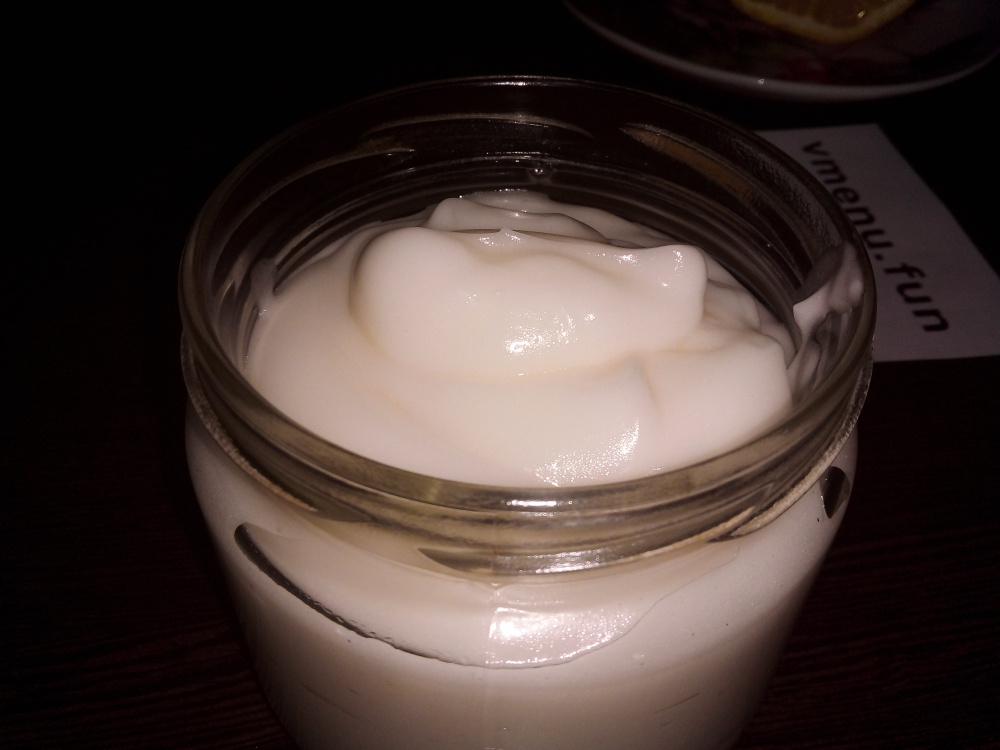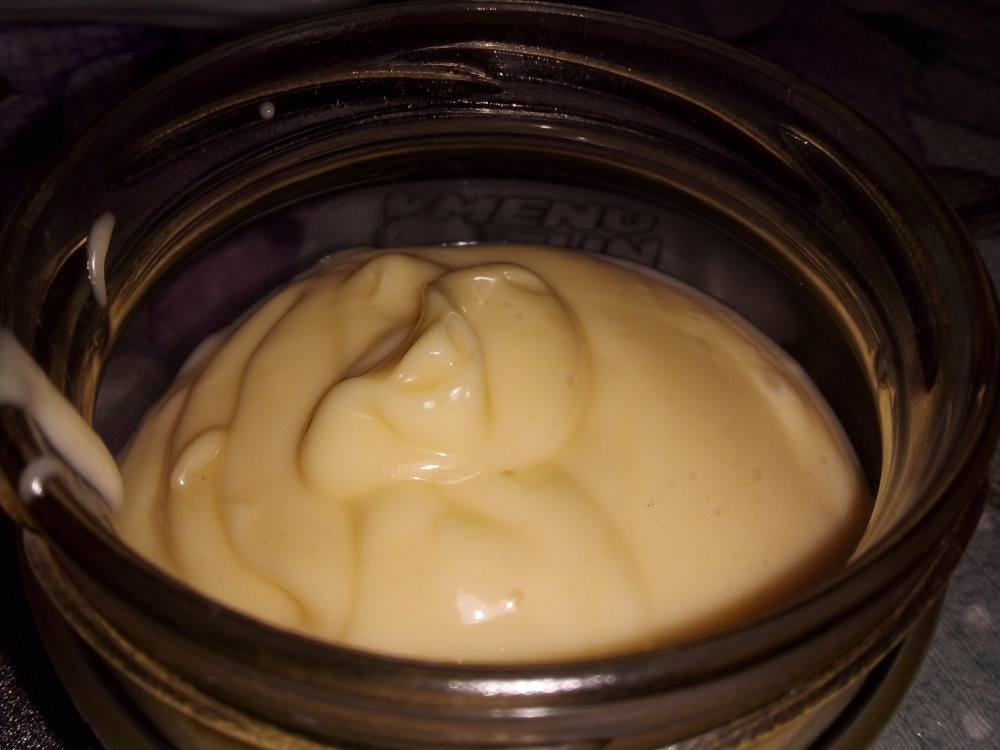Home Notes
Mayonnaise. Some myths and the main feature on which it depends whether the mayonnaise will turn out thick or not
Mayonnaise. Some myths and the main feature on which it depends whether the mayonnaise will turn out thick or not
We made homemade mayonnaise.
First - the traditional Provencal. In the photo - the one that is darker (the presence of the yolk makes itself felt). Then they made absolutely lean vegan mayonnaise WITHOUT eggs (in the photo - which is whiter).
I got so carried away that now I can’t look at mayonnaise, but there is a lot of it in the refrigerator.🙈
And here's what I want to point out...
For some reason, it is generally accepted that for those who monitor their weight, mayonnaise is contraindicated as high-calorie food. It is a myth.
For example, the main components of the same Provence are egg and vegetable oil. Moreover, in such proportions that for two hundred grams of ready-made mayonnaise there are no more than 50 grams of eggs, and most of it is vegetable oil. It is unlikely that there is a risk of recovering from this.
Another myth.
One of my friends, who does not tolerate dairy products, for this reason, does not eat salads dressed with mayonnaise. But most varieties of mayonnaise do not contain a single gram of dairy products. The white color of mayonnaise is not related to milk origin.
Another myth associated with the preparation of mayonnaise.
I noticed that some people think that mustard is an essential ingredient in mayonnaise, which somehow affects whether mayonnaise will turn out at all or not. In fact, mustard, like lemon juice, salt, sugar, are spices that give mayonnaise flavor, but little effect on its consistency. Mustard is a distinctive feature of Provence, and pravonsal is just one of the possible varieties of mayonnaise. If you want, add more or less, if you don't want, don't add.
And finally, the main feature, because of which mayonnaise is thick for some, and not for others.
Since lately I have become the chief expert on making mayonnaise within a radius of a thousand miles or more, I can state with all responsibility))..
It's all about how fast you add the oil to the mixture. It must be added in very small portions, and each time knead well until smooth. If you beat with a mixer, you can pour in a thin (thin!) stream. If you beat with a whisk or a spoon, you need to add oil one at a time (one at a time!) Tablespoon, beating well after each. If you add more oil than the mixture has time to take in, mayonnaise may turn out to be liquid.
Well, one more thing, it is desirable that the products for making mayonnaise have the same temperature, equal to room temperature. I did not notice the influence of this factor, but it is considered so and I do not presume to refute this point.
The photographs show cards with the name of the site. The fact is that the photos were originally taken for this site with recipes. Step-by-step recipes for making Provence without a mixer and lean mayonnaise without eggs can be found there: https://en.vmenu.fun
First - the traditional Provencal. In the photo - the one that is darker (the presence of the yolk makes itself felt). Then they made absolutely lean vegan mayonnaise WITHOUT eggs (in the photo - which is whiter).
I got so carried away that now I can’t look at mayonnaise, but there is a lot of it in the refrigerator.🙈
And here's what I want to point out...
For some reason, it is generally accepted that for those who monitor their weight, mayonnaise is contraindicated as high-calorie food. It is a myth.
For example, the main components of the same Provence are egg and vegetable oil. Moreover, in such proportions that for two hundred grams of ready-made mayonnaise there are no more than 50 grams of eggs, and most of it is vegetable oil. It is unlikely that there is a risk of recovering from this.
Another myth.
One of my friends, who does not tolerate dairy products, for this reason, does not eat salads dressed with mayonnaise. But most varieties of mayonnaise do not contain a single gram of dairy products. The white color of mayonnaise is not related to milk origin.
Another myth associated with the preparation of mayonnaise.
I noticed that some people think that mustard is an essential ingredient in mayonnaise, which somehow affects whether mayonnaise will turn out at all or not. In fact, mustard, like lemon juice, salt, sugar, are spices that give mayonnaise flavor, but little effect on its consistency. Mustard is a distinctive feature of Provence, and pravonsal is just one of the possible varieties of mayonnaise. If you want, add more or less, if you don't want, don't add.
And finally, the main feature, because of which mayonnaise is thick for some, and not for others.
Since lately I have become the chief expert on making mayonnaise within a radius of a thousand miles or more, I can state with all responsibility))..
It's all about how fast you add the oil to the mixture. It must be added in very small portions, and each time knead well until smooth. If you beat with a mixer, you can pour in a thin (thin!) stream. If you beat with a whisk or a spoon, you need to add oil one at a time (one at a time!) Tablespoon, beating well after each. If you add more oil than the mixture has time to take in, mayonnaise may turn out to be liquid.
Well, one more thing, it is desirable that the products for making mayonnaise have the same temperature, equal to room temperature. I did not notice the influence of this factor, but it is considered so and I do not presume to refute this point.
The photographs show cards with the name of the site. The fact is that the photos were originally taken for this site with recipes. Step-by-step recipes for making Provence without a mixer and lean mayonnaise without eggs can be found there: https://en.vmenu.fun



